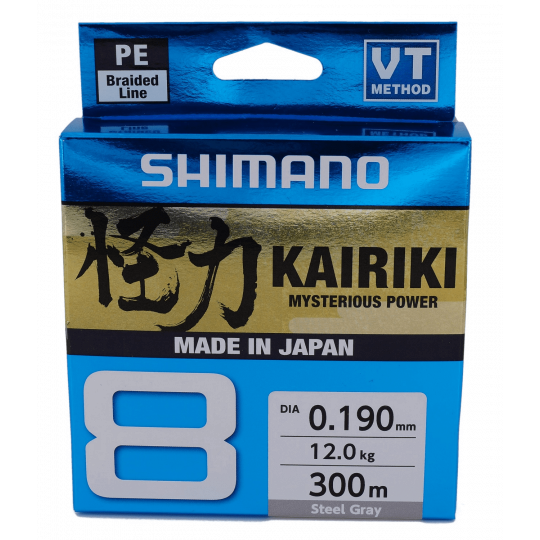
Braid Shimano Kairiki 8 300m Steel Grey
Shipping 24 H
Cookies management panel
This site uses cookies and gives you control over what you want to activate. Cookies are used for ads personalisation.Which line body should you choose for lure fishing? Braid is a fishing line very commonly used by anglers. Its low elasticity is appreciated for ensuring a very good feel for bites and better extraction of fish from obstacles. Braid comes in a range of diameters. There are also several types of braid: 2 strands, 4 strands, 8 strands and 12 strands.
158 products

Shipping 24 H
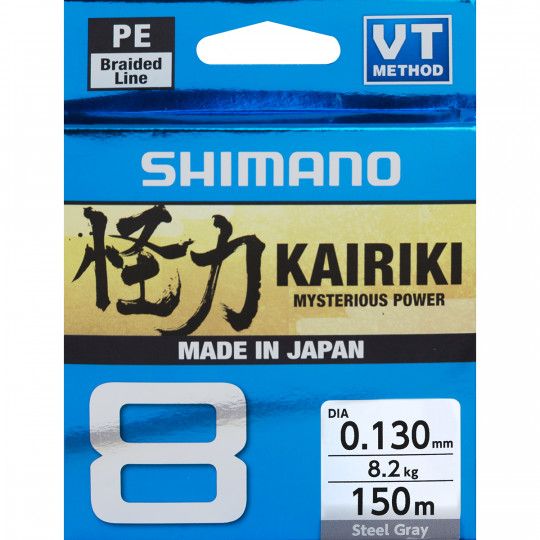
Shipping 24 H
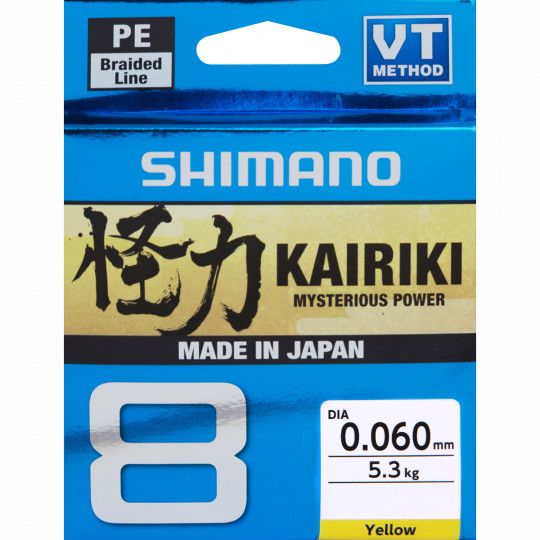
Shipping 24 H
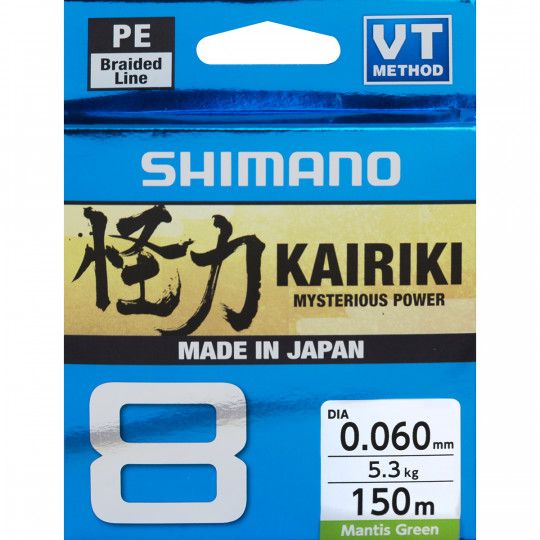
Shipping 24 H
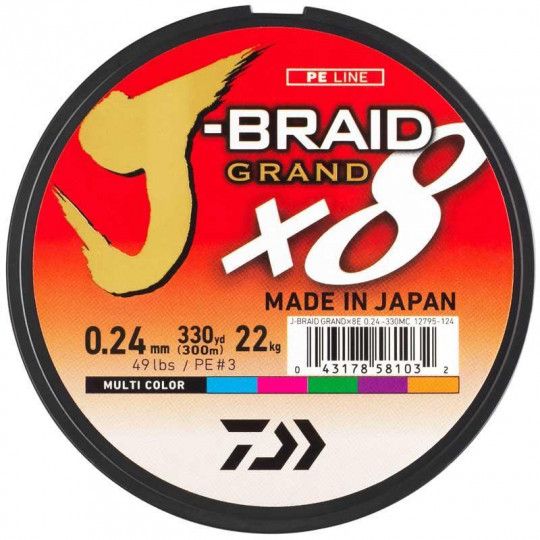
Shipping 24 H
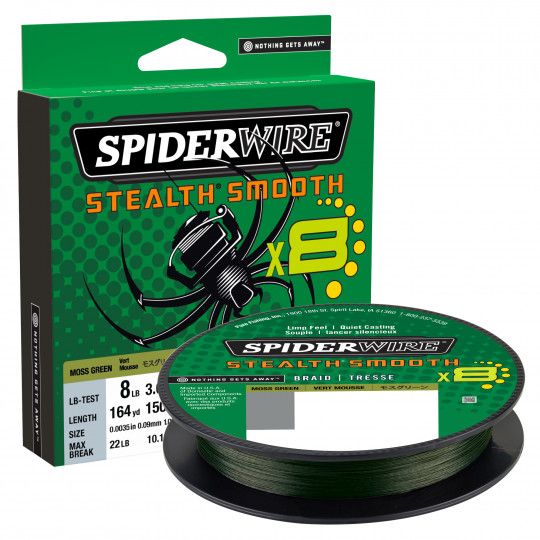
Shipping 24 H
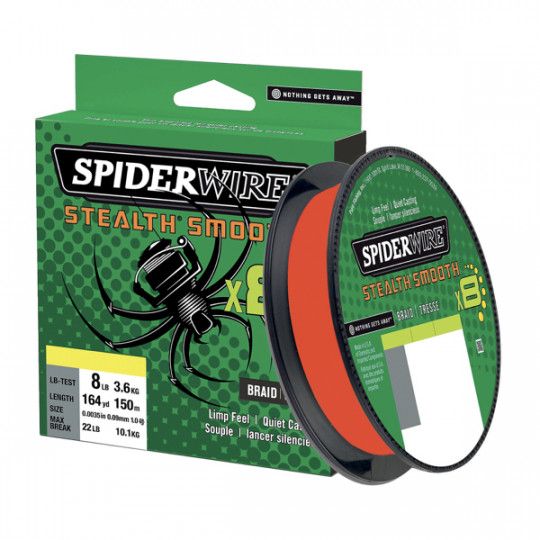
Shipping 24 H
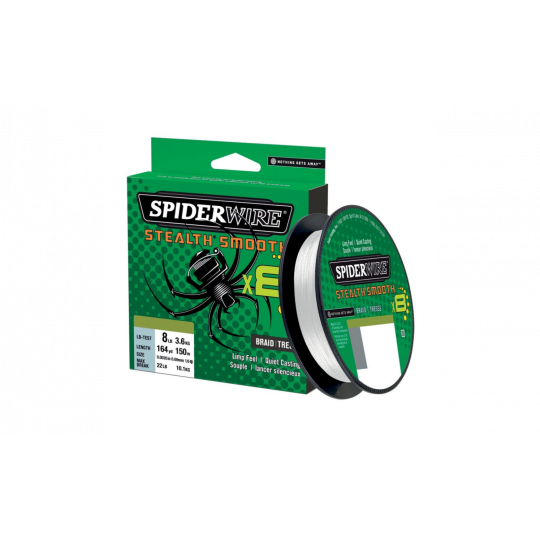
Shipping 24 H
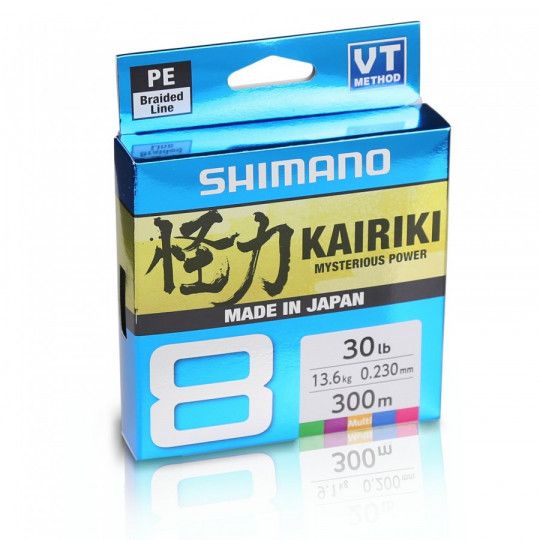
Shipping 24 H
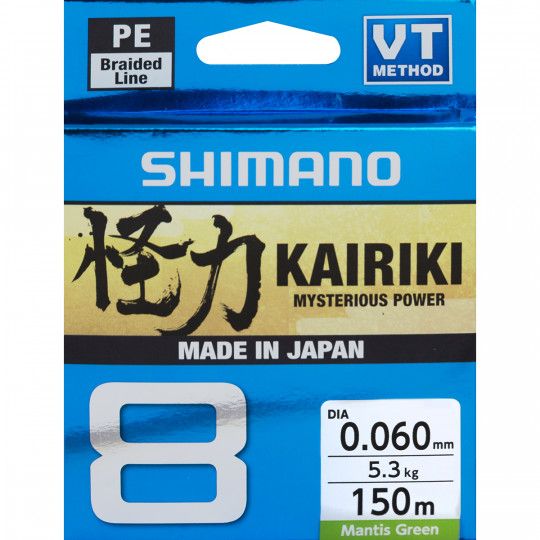
Shipping 24 H
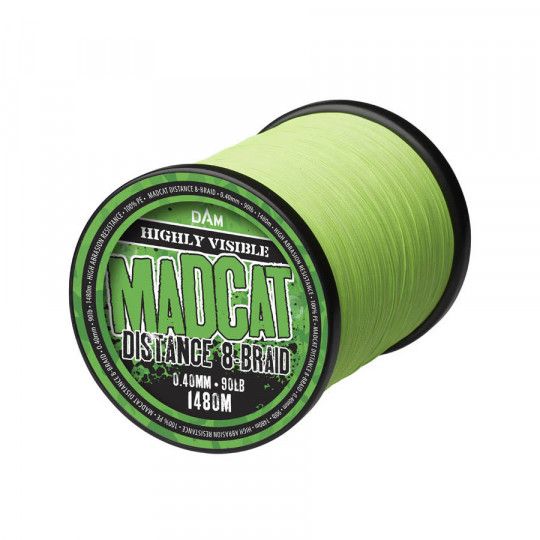
Shipping 24 H
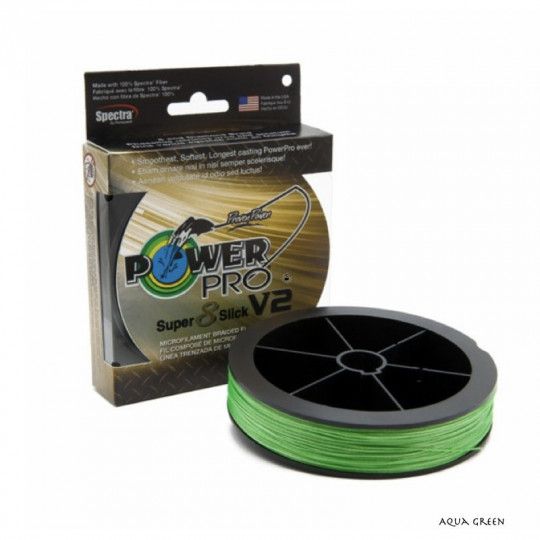
Shipping 24 H
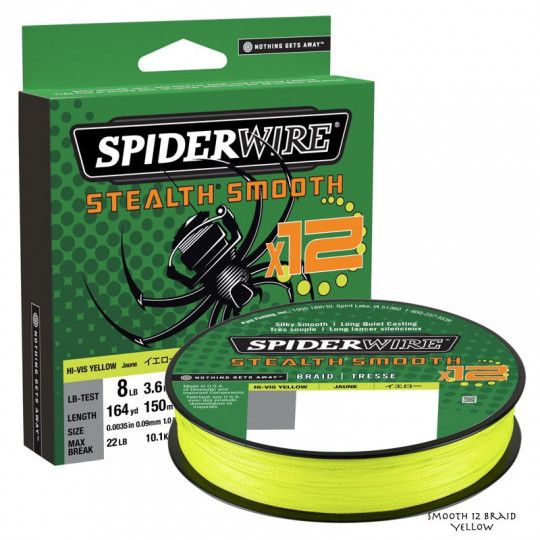
Shipping 24 H
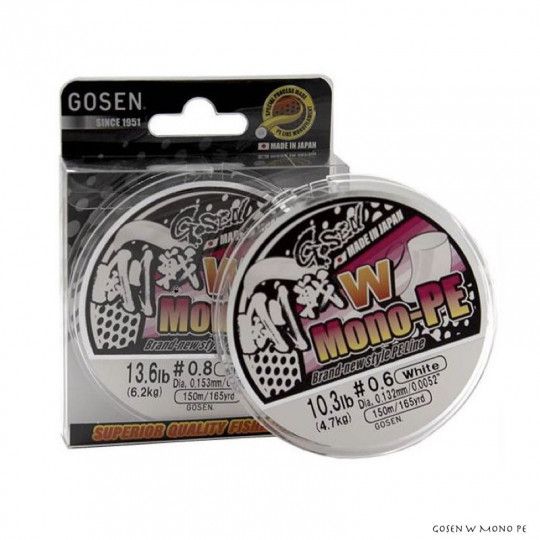
Shipping 24 H
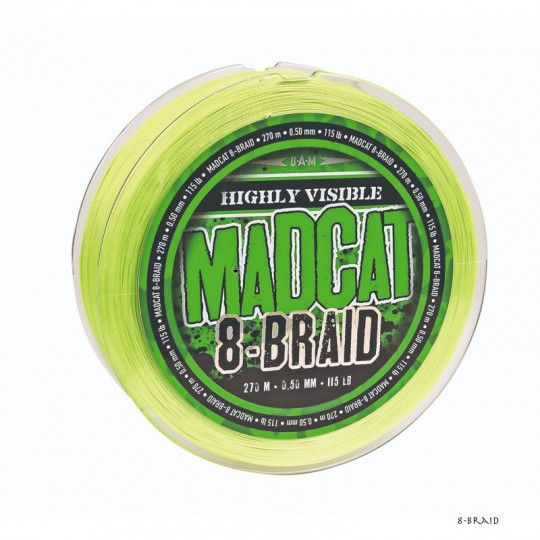
Shipping 24 H
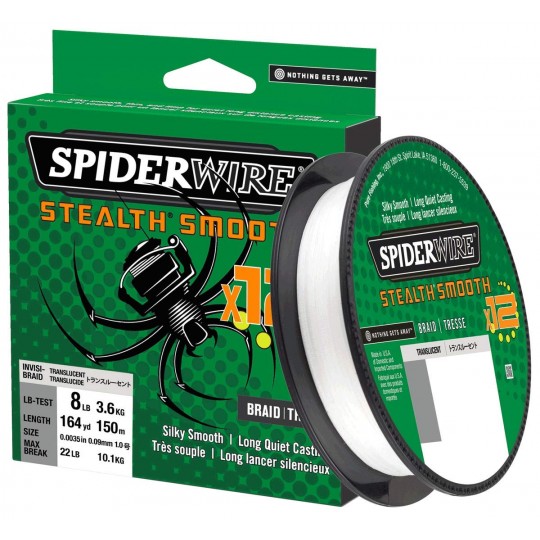
Shipping 24 H
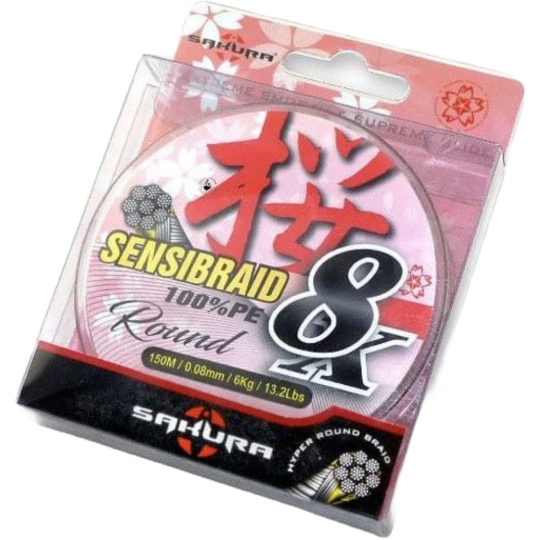
Shipping 24 H
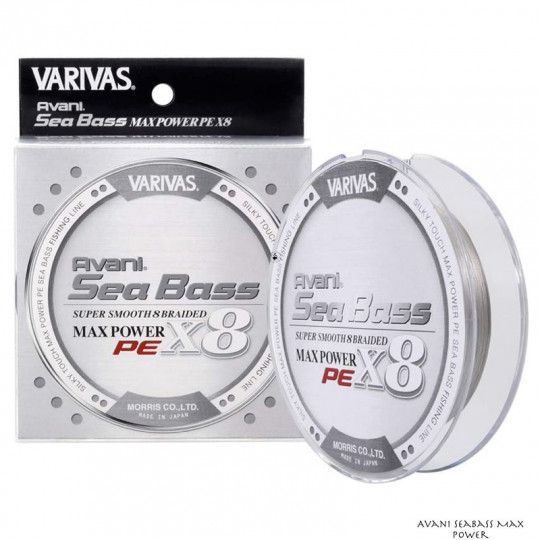
Shipping 24 H
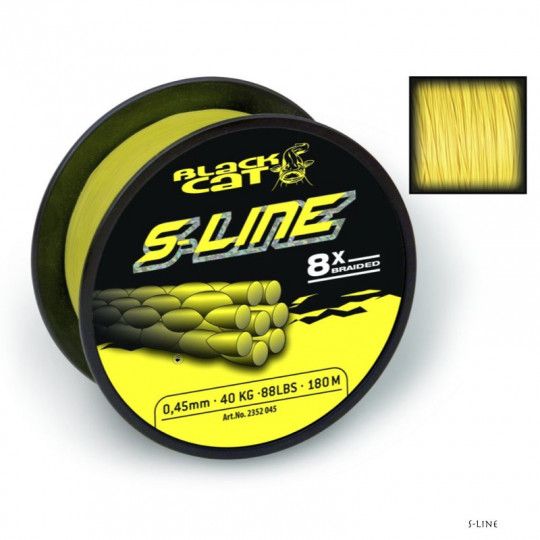
Shipping 24 H
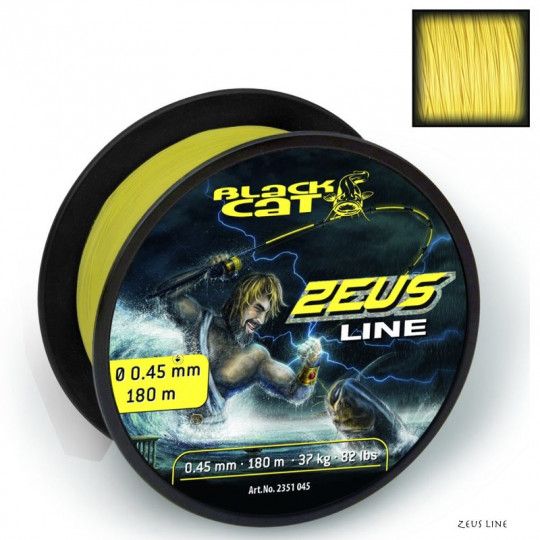
Shipping 24 H
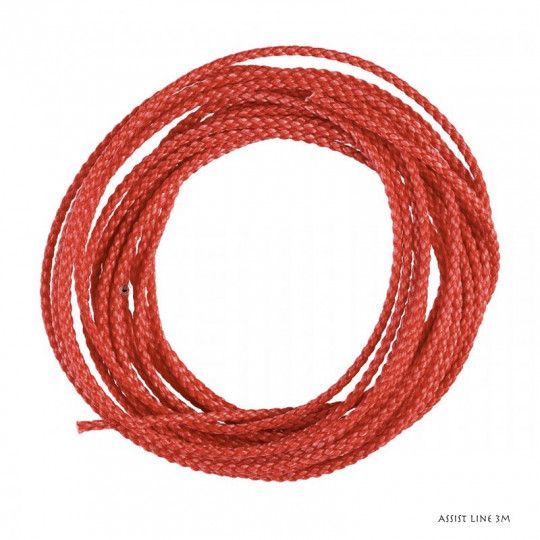
Shipping 24 H
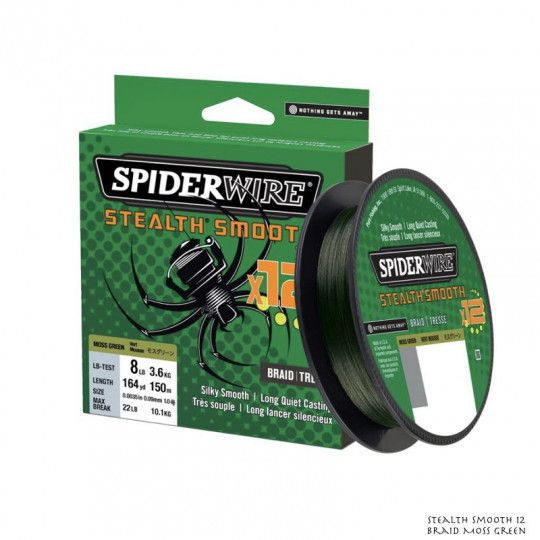
Shipping 24 H
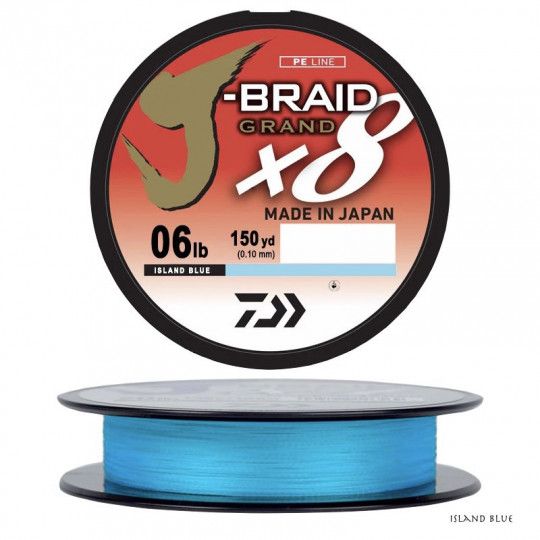
Shipping 24 H
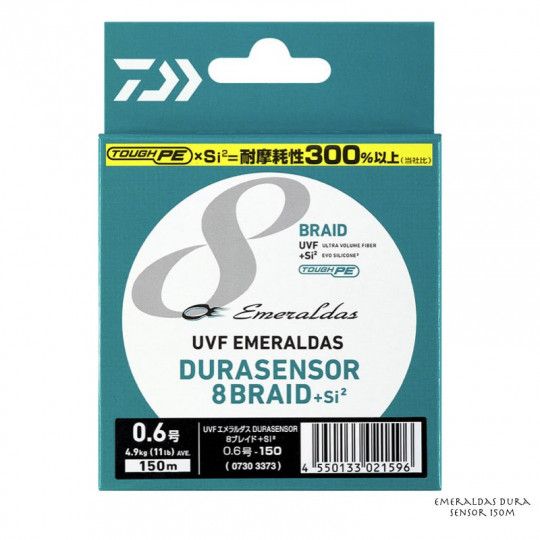
Shipping 24 H
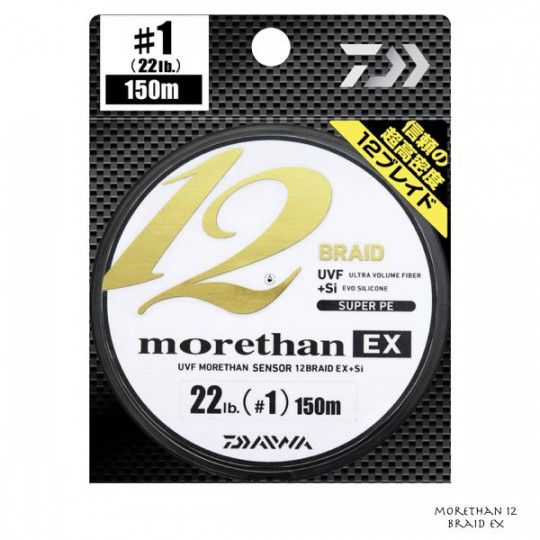
Shipping 3 à 5 jours
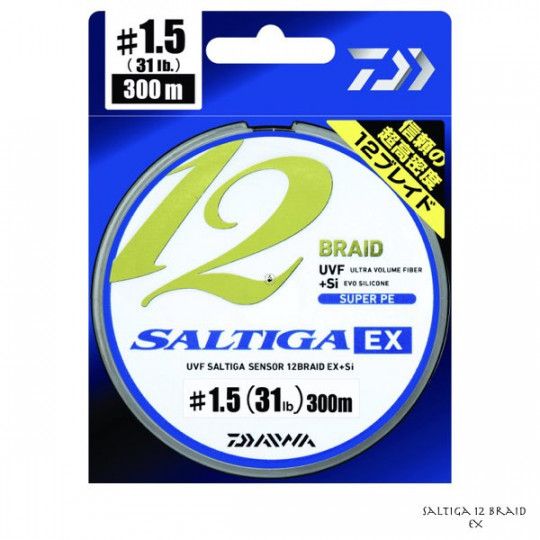
Shipping 24 H
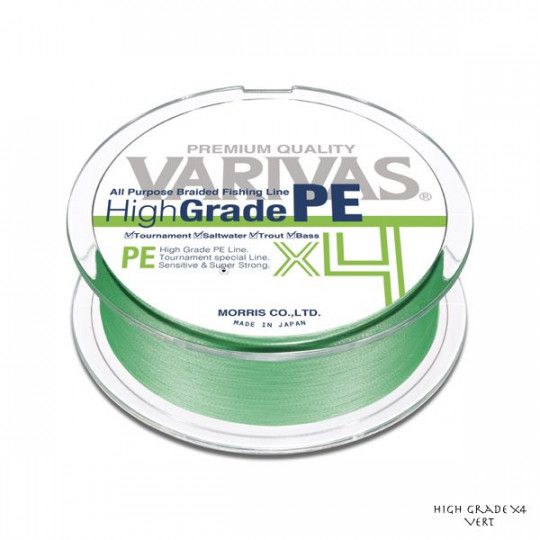
Shipping 24 H
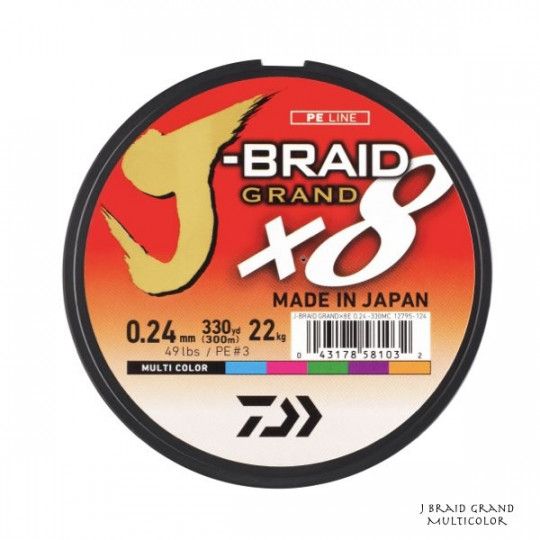
Shipping 24 H
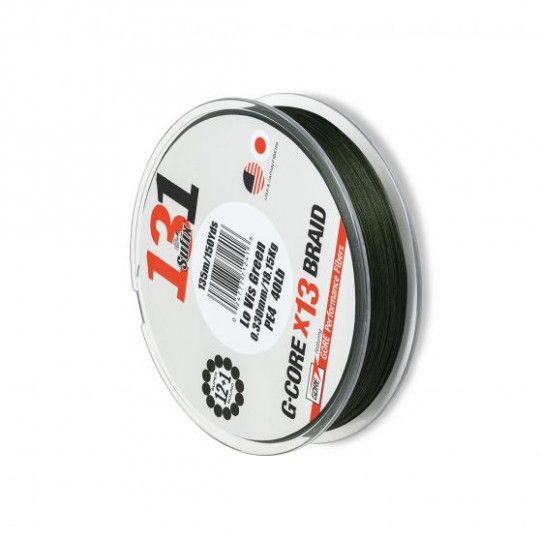
Shipping 24 H
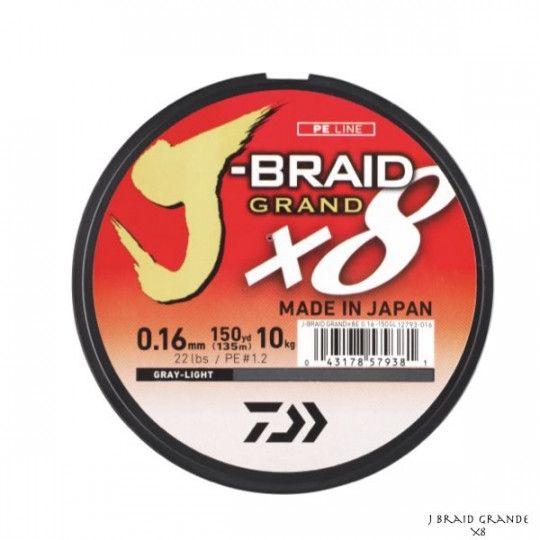
Shipping 24 H
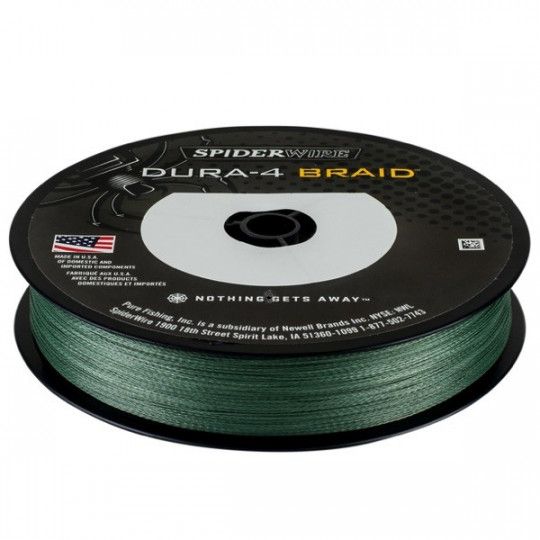
Shipping 3 à 7 jours
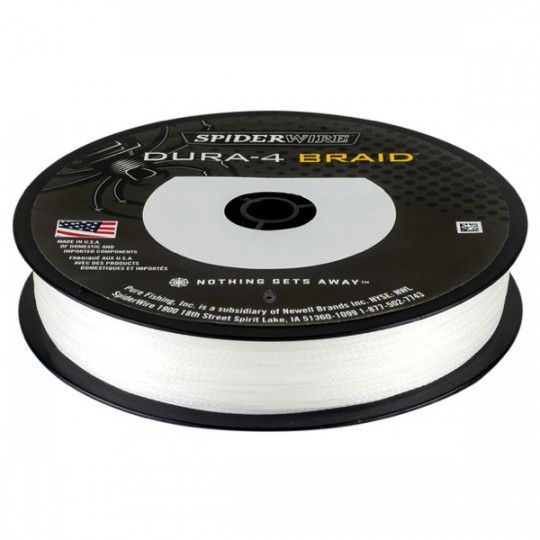
Shipping 3 à 7 jours
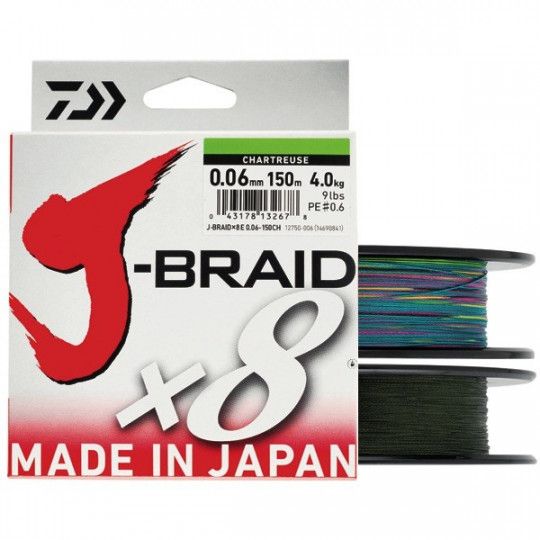
Shipping 3 à 5 jours
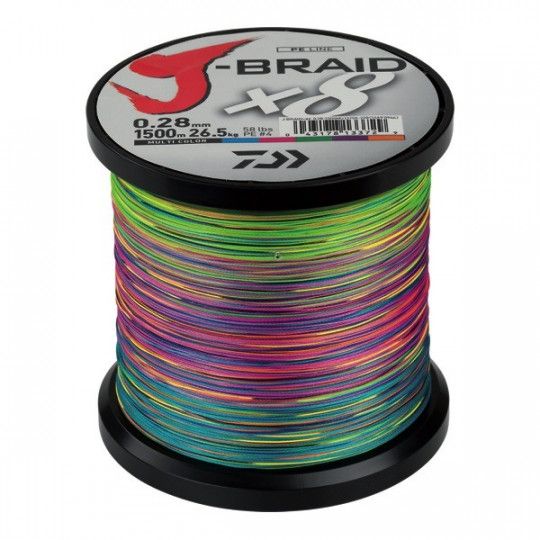
Shipping 24 H
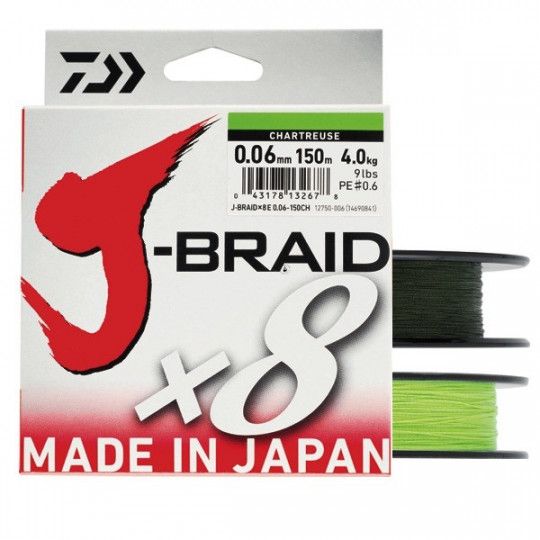
Shipping 3 à 5 jours
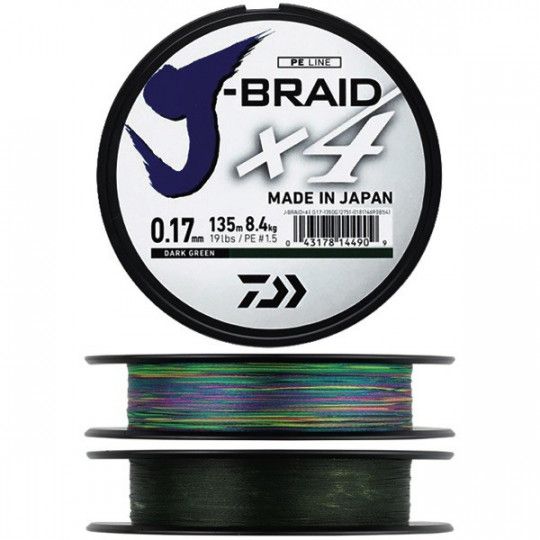
Shipping 3 à 5 jours
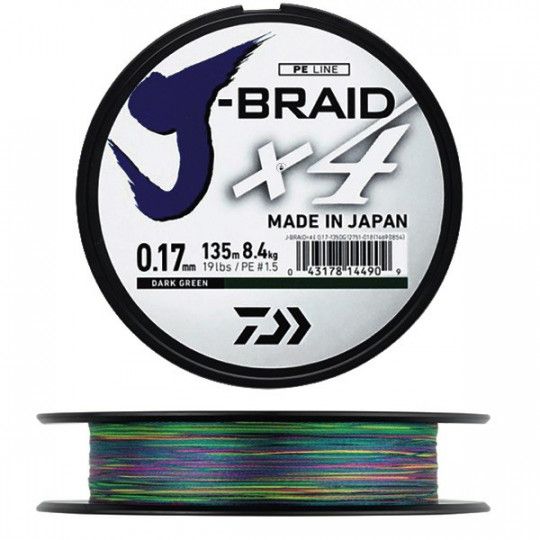
Shipping 3 à 7 jours
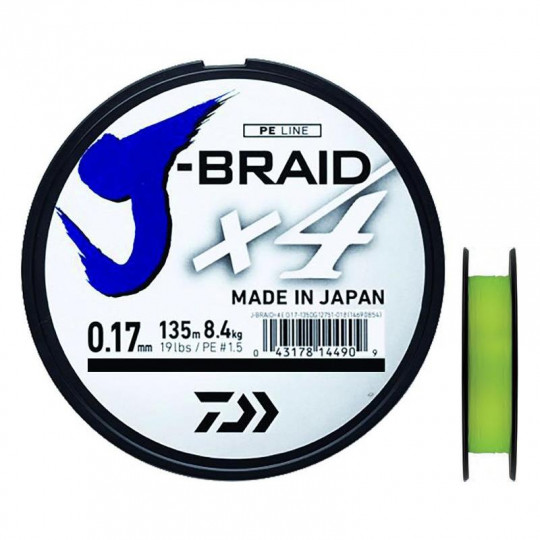
Shipping 5 à 10 jours
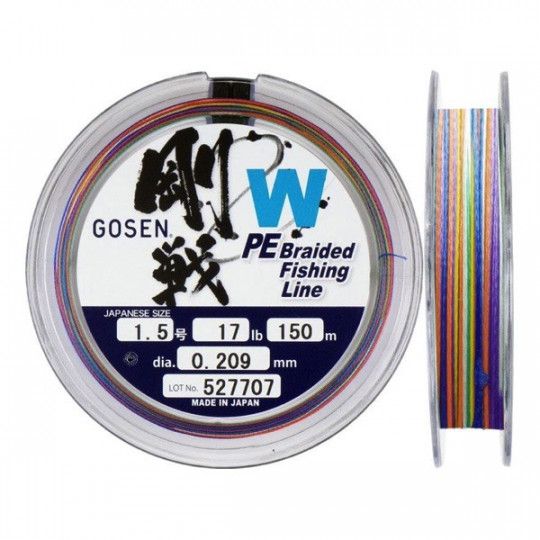
Shipping 3 à 5 jours
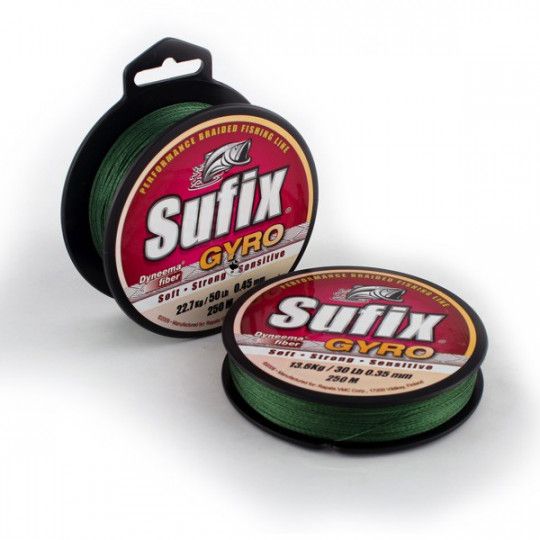
Shipping 24 H
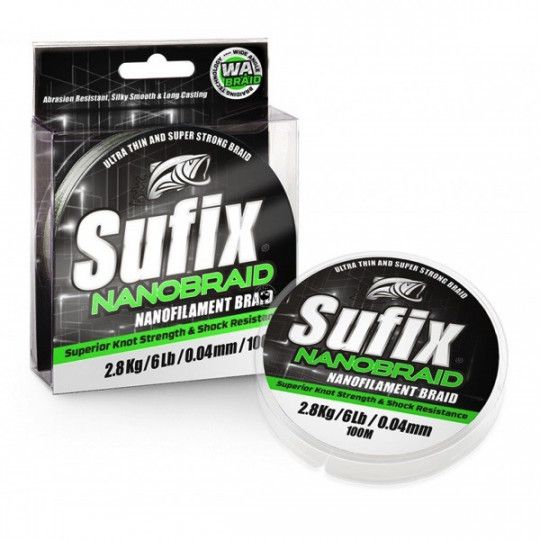
Shipping 24 H
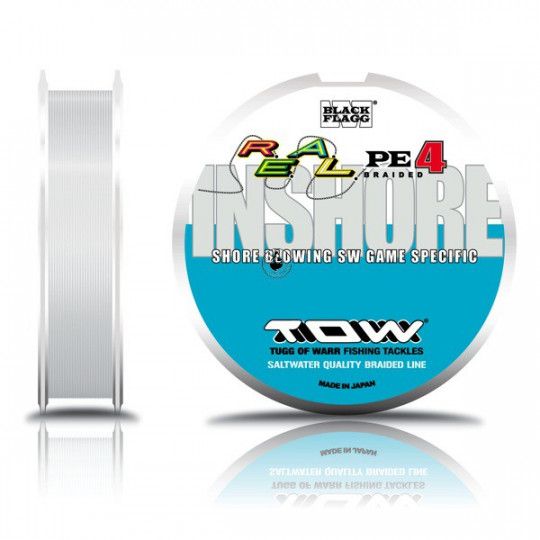
Shipping 24 H
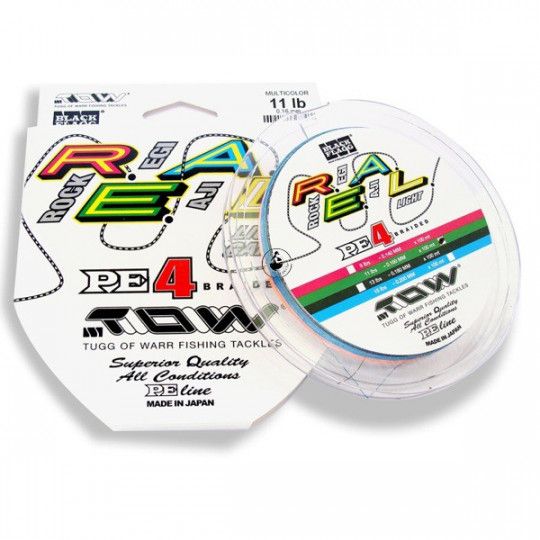
Shipping 24 H
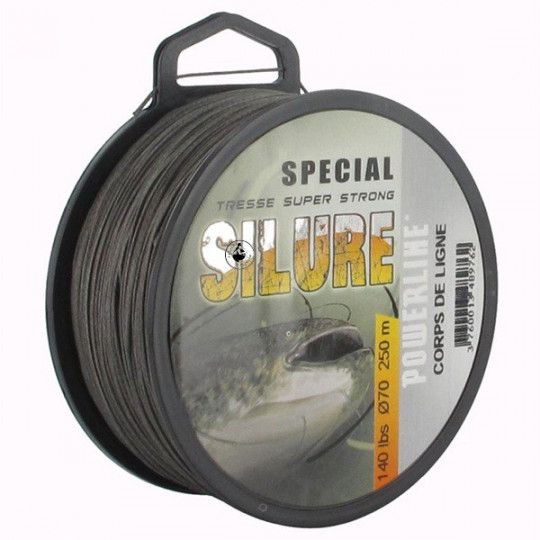
Shipping 24 H
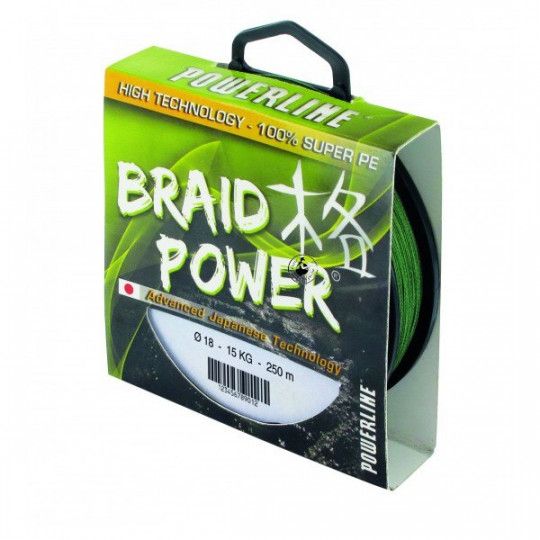
Unavailable at the moment
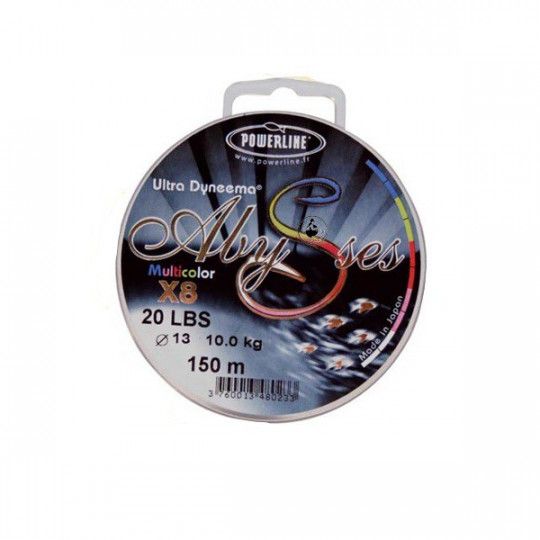
Shipping 3 à 7 jours
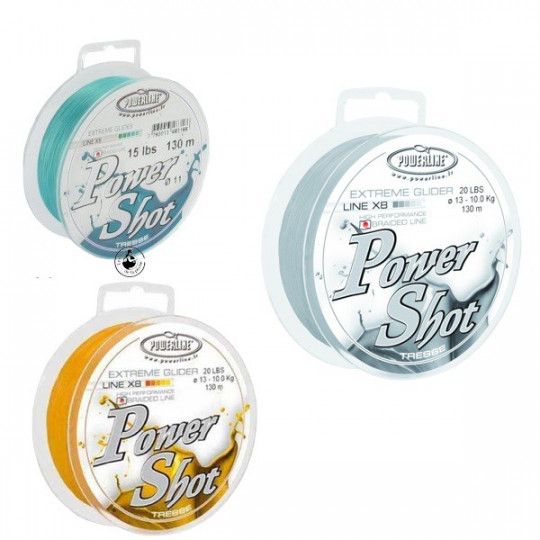
Shipping 24 H
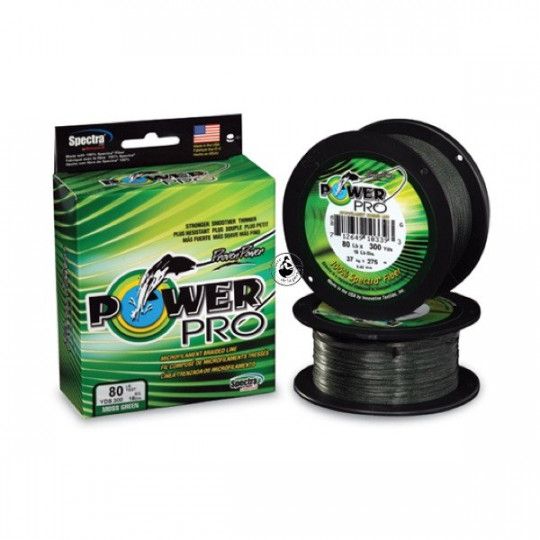
Unavailable at the moment
There are several types of line body for fishing:
Each of these lines has its own characteristics, with advantages and disadvantages depending on how you use them. braid is one of the yarns withthe lowest elasticity. This characteristic is highly appreciated for sensitive and fine fishing. The low water absorption of the braid provides optimum feel for the bites and the lure.
As for strong fishing, the roughness of certain braids, the fineness of others and their common resistance enable black bass or pike anglers to extract fish from obstacles such as dead wood or weed beds. For the same diameter, braid is more resistant than fluorocarbon or nylon.
Like all filaments used for fishing, braid is categorised according to its diameter. This is measured in mm or PE. To find out how they correspond, you can find an article explaining the correspondence between diameter braid and PE. The diameter of braid is important to withstand the force of your catch and to resist abrasion if you're fishing in brambles or near rocks.
The number of strands on the braid is also very important. It's best to use 4-strand braid for fishing in obstacles. Whereas 12-strand braids are better suited to fine, scratchy fishing that requires greater sensitivity.
As for 8-strand braids, these are versatile filaments that can be used for a variety of techniques.
Our complete fishing line catalogue: